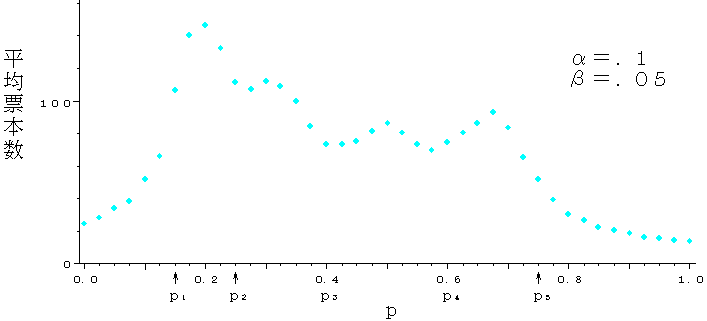
As a result, a recommended strategy is to use O’Brien-Fleming (OF) boundary for E1 and Pocock (PO) boundary for E2. Glimm et al (2010) and Tamhane et al (2010) further researched this topic and evaluated different combinations of rejection boundaries for testing E1 and E2. They suggested a more powerful strategy in which a boundary value corresponding to a/2 level is used to test E2.

Hung et al investigated three strategies for testing the secondary endpoint in GS design and concluded that a strategy in which the same rejection boundary at a level for E1 is used to test E2 can control FWER however, it may be overly conservative. However, this hierarchical testing strategy may not control FWER in group sequential (GS) setting (Hung et al (2007)). In the fixed sample size design, testing of E2 at a nominal level a after rejection of E1 at a level will strongly control FWER at a level.
#POCOCK SEQUENTIAL TESTING TRIAL#
We consider a clinical trial with a primary endpoint (E1) and a secondary endpoint (E2) where E2 is tested only if E1 is significant. In clinical trials with multiple endpoints, a hierarchical testing strategy with pre-specified order is often used to ensure the strong control of the family wise error rate (FWER). Keywords: Group sequential, Interim analysis, priary endpoint, secondary endpiont, Type I error Considerations on Group Sequential Design for Multiple Endpoints with Different Information Fractions (300685) Matthew Guo, Eisai


 0 kommentar(er)
0 kommentar(er)
